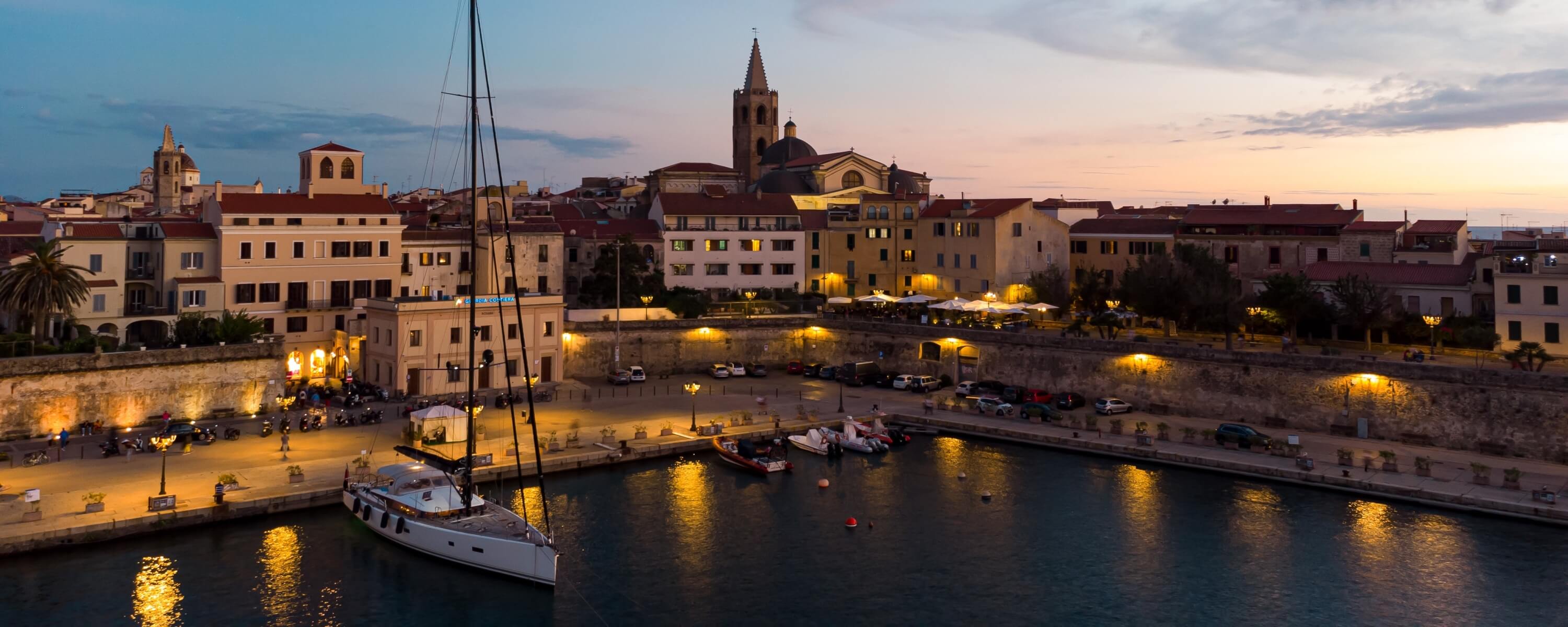Insieme ai fornitori da noi selezionati, ci impegniamo a garantire che i nostri servizi siano accessibili alle persone con disabilità e abbiamo una quantità significativa di risorse per garantire che il nostro sito web e le pagine di prenotazione delle camere siano resi più facili da usare e più accessibili per le persone con disabilità, con la forte convinzione che ogni persona abbia il diritto di vivere con dignità, uguaglianza, comfort e indipendenza.
Insieme ai nostri fornitori, ci sforziamo per migliorare costantemente l’accessibilità del nostro sito e delle pagine di prenotazione delle camere e/o di acquisto dei prodotti e servizi accessori al soggiorno nella convinzione che sia nostro obbligo morale collettivo consentire un utilizzo senza interruzioni, accessibile e senza ostacoli anche per quelli di noi con disabilità.
Nel tentativo costante di migliorare e risolvere continuamente i problemi di accessibilità, effettuiamo regolarmente la scansione di tutte le pagine web con gli scanner di accessibilità messi a disposizione da partner commerciali terzi per identificare e correggere ogni possibile barriera di accessibilità sul nostro sito. Nonostante i nostri sforzi per rendere tutte le nostre pagine web e contenuti completamente accessibili, alcuni contenuti potrebbero non essere ancora stati completamente adattati ai più severi standard di accessibilità. Ciò può essere dovuto al fatto di non aver trovato o individuato la soluzione tecnologica più adeguata.
Stato di conformità
Questo sito web e le pagine di prenotazione delle camere sono parzialmente conformi alla norma tecnica per i siti web e le applicazioni mobili UNI CEI EN 301549, nonché al livello di accessibilità “AA” previsto dalle linee guida per l’accessibilità dei contenuti web WCAG 2.1. In particolare, il livello di conformità del presente sito web è costantemente monitorato attraverso gli appositi strumenti offerti da:
https://mauve.isti.cnr.it/
https://pagespeed.web.dev/
Contenuti non accessibili
Nonostante i nostri sforzi per garantire l’accessibilità del sito web e delle pagine di prenotazione, siamo consapevoli di alcune limitazioni, che stiamo lavorando per risolvere. Di seguito è riportata una descrizione delle limitazioni note. Vi preghiamo di contattarci se si verifica un problema non elencato di seguito.
- Alternativa testuale delle immagini: alcune immagini non hanno un’alternativa testuale significativa per l’utente.
- In alcuni casi, data la struttura modulare di alcune pagine del sito, l’ordine di lettura degli elementi potrebbe non corrispondere all’ordine visivo degli stessi all’interno della pagina.
- Quando ricevono focus, alcuni elementi non presentano sempre un contrasto fra colore del testo e colore di sfondo sufficiente.
- Alcuni componenti non sono operabili da tastiera.
- Su alcune pagine, sono presenti dei contenuti animati che non possono essere fermati o nascosti.
- In alcune pagine, non è visivamente identificabile l'elemento con lo stato di focus attivo.
- Alcuni elementi riportano testi o nomi accessibili solo in alcune lingue.
- Le tecnologie assistive non sempre annunciano correttamente i messaggi.
Data di ultimo aggiornamento della presente pagina in materia di Accessibilità: 25 giugno 2025



